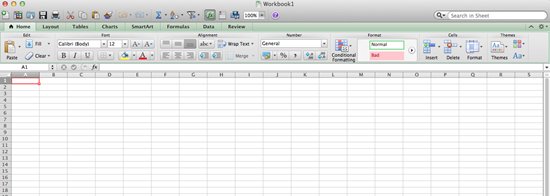
Each load that is accepted and awarded will be entered into a spreadsheet. There is space to keep track of miles loaded, empty, and unauthorized, pickup and delivery city and state, weight hauled, load pay, and cash advances.
With this spreadsheet I quickly know that in 2013:
Loads Hauled = 94
Average length of load = 1241
Weight hauled for the year = 151,507
Our Average weight per load = 1612
Cash Advances = $42,601
Fuel Costs = $43,036
The above numbers help in decisions when purchasing our next truck. We take cash advances that are loaded onto our T-Chek card to purchase our fuel at a discount.
Fuel costs and mile per gallon is also tracked. In this spreadsheet the name of the fuel stop is entered, the cash cost per gallon, discount applied, MPG gallon is figured, state where purchased, and IFTA amount paid is entered. Each of the amounts represents figures for the year of 2013.
Fueled the truck = 156
Discount from cash price = $2703.38
Average MPG = 11.47
Average cost of fuel per gallon = $3.66
Average amount of fuel purchased each fuel stop = 81.774 gallons
Miles traveled = 130,081
This spreadsheet is used to track fuel mileage, discounts, and fuel costs. Numbers thrown around on the radio and in print say it can cost us a 1/2-gallon each time we stop. Planning fuel stops around eating, showering, getting out to stretch legs, and the mandatory 1/2-hour break will save us money.
Another spreadsheet is one that reflects our activities with the company we are leased to. In this spreadsheet I keep track of how much time we are available for a load, how many loads we accept from those that are offered and our total income.
Our on-time pickup and delivery = 100% and this is a good number as we have a 15 minute window.
Our loaded mileage is 77% and our in-service available for a load is 75%. We accepted 73.68% of loads that were offered to the truck. This number is considered a high acceptance rate due to the way loads are offered out to trucks. A computer picks trucks based on a lot of criteria and one of the criteria is can the truck make the pickup in time with no consideration to dead head and pay.
In our operation spreadsheets are one of the tools we use to make decisions. There are many factors behind statistics and those factors have to be considered when making decisions. When looking at the numbers above looking only at the stats it appears we need smaller fuel tanks and we need a smaller truck... When using our brains and other knowledge not reflected on the spreadsheet we know that often a customer asks for a truck our size and that keeps us moving, we also know that often we fuel when we change drivers which accounts for the lower average fills. When we know there is a good price or when possible we can extend our fill-ups to maximize our buying power.